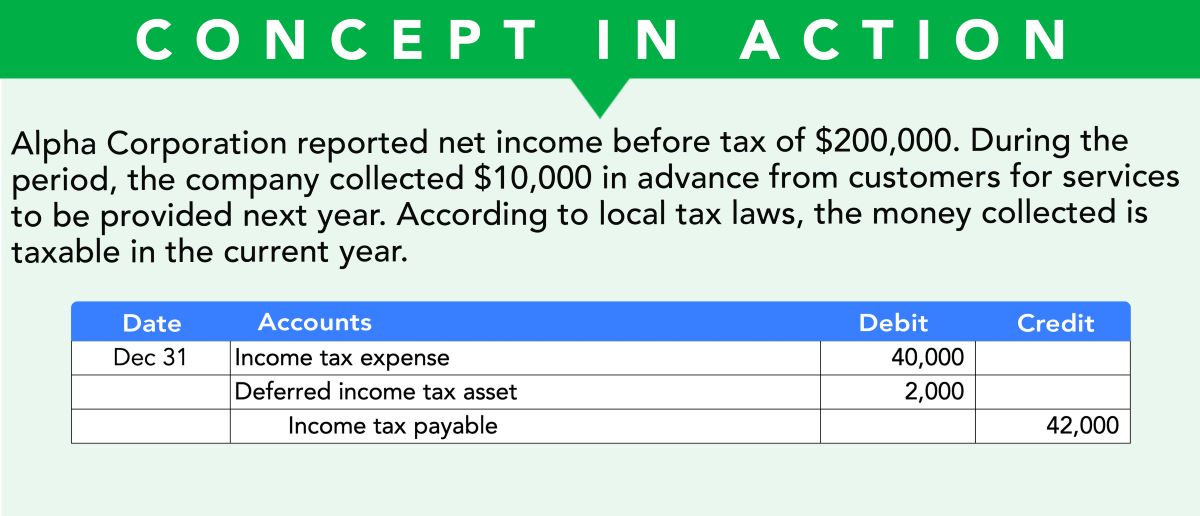

Finance
How To Increase Credit One Credit Limit
Modified: March 6, 2024
Learn effective strategies to boost your Credit One credit limit and improve your financial standing. Discover expert tips for managing your finances and increasing your credit limit. Unlock the potential for better financial stability and opportunities.
(Many of the links in this article redirect to a specific reviewed product. Your purchase of these products through affiliate links helps to generate commission for LiveWell, at no extra cost. Learn more)
Table of Contents
Introduction
Welcome to the world of credit limits, where the potential for financial flexibility and opportunity awaits. Understanding how to increase your credit limit can pave the way for greater purchasing power and improved financial management. This guide will delve into the intricacies of credit limits, shedding light on the factors that influence them and equipping you with actionable steps to boost your credit limit.
Whether you’re seeking a higher credit limit to accommodate larger purchases, enhance your credit score, or simply have a safety net for unexpected expenses, the process of increasing your credit limit can seem daunting at first. However, armed with the right knowledge and approach, you can navigate this terrain with confidence.
Join us as we embark on a journey to unravel the mysteries of credit limits and discover the strategies that can elevate your financial flexibility. By the end of this guide, you’ll be equipped with the insights and tactics needed to pursue a higher credit limit, empowering you to make more informed financial decisions and achieve greater peace of mind.
Understanding Credit Limit
At its core, a credit limit represents the maximum amount of credit extended to you by a financial institution. This limit dictates the highest balance you can carry on a credit card or line of credit at any given time. Understanding your credit limit is crucial for managing your finances effectively and leveraging the benefits of credit responsibly.
When you open a credit account, the issuer assesses various factors such as your credit score, income, and existing debt to determine an appropriate credit limit. This figure serves as a safeguard for both you and the lender, ensuring that your borrowing capacity aligns with your financial circumstances.
Exceeding your credit limit can lead to penalties, increased interest rates, and a negative impact on your credit score. Therefore, staying well-informed about your credit limit and exercising prudence in your spending habits are essential for maintaining a healthy financial profile.
Moreover, your credit limit plays a pivotal role in the calculation of your credit utilization ratio, which is a key determinant of your credit score. By keeping your credit utilization low—typically below 30% of your available credit limit—you can demonstrate responsible credit management and bolster your creditworthiness.
Understanding the significance of your credit limit empowers you to make informed decisions regarding your spending and borrowing activities. By recognizing the impact of your credit limit on your financial well-being, you can take proactive steps to optimize this aspect of your financial portfolio and achieve greater stability and flexibility in managing your finances.
Factors Affecting Credit Limit
Several key factors influence the determination of an individual’s credit limit. Understanding these factors can provide valuable insights into the dynamics that shape credit limit decisions and enable you to take proactive measures to enhance your creditworthiness.
- Credit History: Your credit history serves as a critical yardstick for evaluating your creditworthiness. Lenders assess your track record of managing credit, including factors such as on-time payments, account age, and the presence of any derogatory marks. A positive credit history can signal responsible financial behavior, potentially leading to a higher credit limit.
- Income: Your income level plays a significant role in determining your credit limit. Lenders may consider your income as an indicator of your ability to repay debts. A higher income often correlates with a higher credit limit, as it suggests greater financial stability and capacity for managing credit responsibly.
- Debt-to-Income Ratio: Lenders evaluate your debt-to-income ratio, which compares your monthly debt obligations to your income. A lower ratio signifies a healthier balance between your debt and income, potentially positioning you for a higher credit limit.
- Credit Utilization: Your current credit utilization, or the percentage of your available credit that you are currently using, can impact the decision to raise your credit limit. Maintaining a low credit utilization ratio demonstrates prudent credit management and may prompt lenders to consider increasing your credit limit.
- Payment History: Consistent, timely payments on existing credit accounts can bolster your creditworthiness and contribute to a favorable assessment of your credit limit. Conversely, a history of missed or late payments may hinder efforts to secure a higher credit limit.
- Employment Stability: Lenders may factor in the stability and duration of your employment when evaluating your credit limit. A steady employment history can instill confidence in lenders regarding your ability to manage credit responsibly, potentially influencing the determination of your credit limit.
By comprehending the multifaceted nature of credit limit determinants, you can proactively address these factors to enhance your creditworthiness and increase the likelihood of securing a higher credit limit. Engaging in responsible financial practices and maintaining a strong financial profile can position you for greater financial flexibility and opportunities in managing credit.
Steps to Increase Credit Limit
Increasing your credit limit can offer numerous benefits, such as greater financial flexibility and an improved credit utilization ratio. By following strategic steps, you can enhance your chances of securing a higher credit limit and fortify your financial foundation.
- Monitor Your Credit Score: Regularly monitoring your credit score enables you to gauge your creditworthiness and identify areas for improvement. A strong credit score can bolster your case for a higher credit limit.
- Request a Credit Limit Increase: Contact your credit card issuer to request a credit limit increase. Be prepared to articulate the reasons for your request, such as a positive payment history or an increase in income.
- Show Responsible Credit Management: Demonstrate prudent credit management by consistently making on-time payments and keeping your credit utilization low. Responsible financial behavior can bolster your case for a credit limit increase.
- Update Your Income Information: If your income has increased since you opened your credit account, consider updating this information with your issuer. A higher income may strengthen your case for a credit limit increase.
- Consider a New Credit Card: If your current issuer is unable to accommodate a credit limit increase, exploring new credit card options with higher limits may be a viable alternative. However, consider the potential impact on your credit score and overall financial strategy.
- Utilize Credit Responsibly: Use your existing credit accounts judiciously and avoid maxing out your credit limit. Responsible credit utilization can demonstrate your capacity for managing higher credit limits.
- Review Your Credit Report: Regularly review your credit report for inaccuracies or discrepancies that may be affecting your creditworthiness. Addressing any issues can contribute to a stronger financial profile and potentially support a credit limit increase.
By proactively engaging with your credit card issuer and adopting responsible credit management practices, you can position yourself for a higher credit limit. It’s important to approach the process with a clear understanding of your financial circumstances and a commitment to prudent credit management, ultimately paving the way for enhanced financial flexibility and opportunities.
Conclusion
Understanding the dynamics of credit limits and the factors that influence their determination is essential for navigating the realm of credit management effectively. By grasping the significance of your credit limit and the pivotal role it plays in your financial well-being, you can take proactive steps to optimize this aspect of your financial portfolio.
When seeking to increase your credit limit, it’s crucial to approach the process with a strategic mindset and a commitment to responsible financial practices. Regularly monitoring your credit score, demonstrating prudent credit management, and engaging with your credit card issuer can all contribute to the pursuit of a higher credit limit.
Moreover, maintaining a strong financial profile through consistent, on-time payments, low credit utilization, and a healthy debt-to-income ratio can bolster your creditworthiness and enhance the likelihood of securing a higher credit limit. By aligning your financial habits with the factors that influence credit limit decisions, you can position yourself for greater financial flexibility and opportunities in managing credit.
Ultimately, the journey to increase your credit limit is a testament to your commitment to responsible financial management and your proactive approach to optimizing your financial resources. By leveraging the insights and strategies outlined in this guide, you can embark on this journey with confidence, knowing that you are equipped with the knowledge and tools to pursue a higher credit limit and enhance your financial well-being.
As you navigate the terrain of credit limits and credit management, remember that responsible financial behavior and informed decision-making are the cornerstones of a strong financial foundation. By staying attuned to your credit limit and the factors shaping its determination, you can chart a course toward greater financial empowerment and stability, ultimately reaping the benefits of a well-managed credit portfolio.














